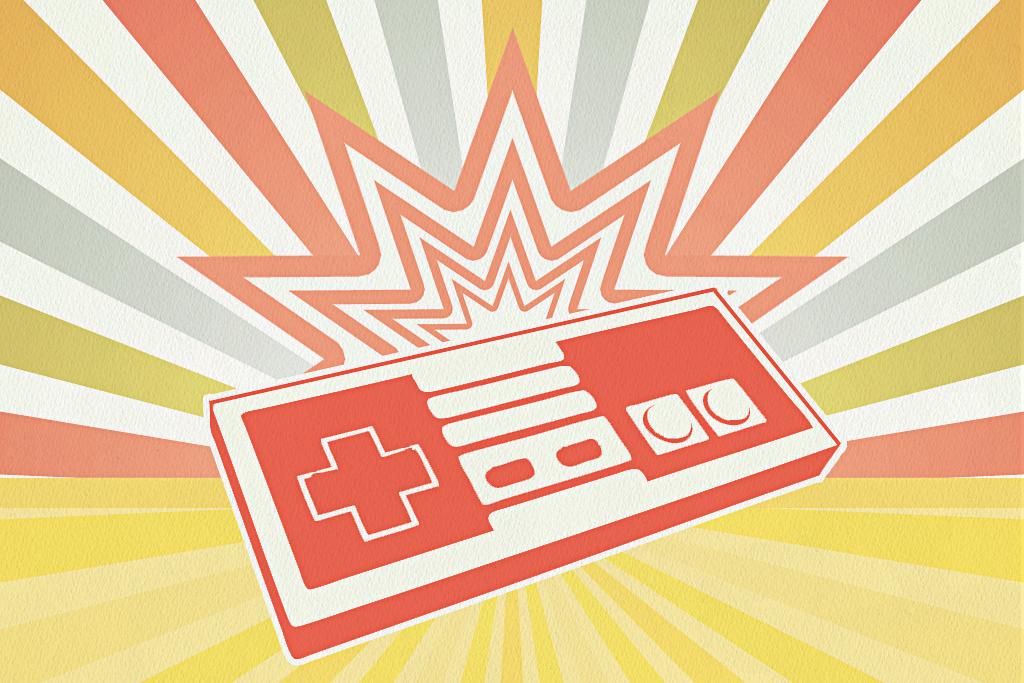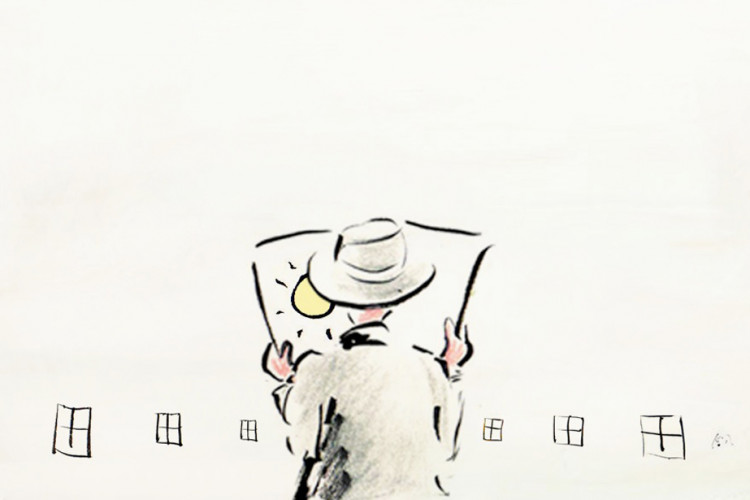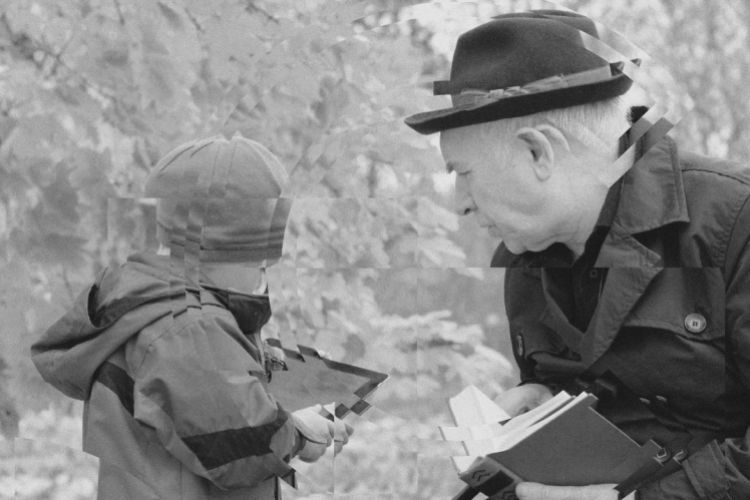
Last month, I attended an exhibition in New York City on video games put together by The Museum of Moving Image and the IndieCade International Festival of Independent Games. Indie Essentials: 25 Must-Play Video Games is a playable exhibition featuring a variety of Indie games that pushed the boundaries of creativity and game mechanics to provide a wholly unique experience. It is precisely that experience I’m drawn to when playing video games, and in extension, when viewing art in any capacity. Video games have always been one of the many strands of popular culture, but never quite gaining the kind of gravitas in the more traditional art circles. While terms like “art games” and “video game art” have been recently coined, there is still an ongoing debate whether video games deserve a place with its contemporaries in museums. The Smithsonian and the Museum of Modern Art have recently advocated and succeeded in curating video games into their own exhibitions. The crux of these shows seem to air on the game’s visual aesthetics, or lack there of, but also its cultural impact as well as how it redefines interactivity between the game and the player.
An artist, as mentioned in my first essay “Tools of The Trade,” has an ever-evolving creative arsenal made available by the technological advances in the digital age. Video games, I propose, should not be excluded in one of the many options an artist has when it comes to attaining artistic goals. Consider the video game as its own medium, a tool like any other with its own characteristics, a merging of storytelling and gameplay that sets it apart from other interactive art.
Contemporary artists like Ian Bogost, Daniel Benmergui, and Feng Mengbo have used aspects of video games, whether it be re-purposing existing popular products or constructing them from the beginning to bring about a creation particular to each artist. One has to acknowledge that while the creative intent differs from artist to artist, the use of such a medium ties them together. The video game acts as a creative conduit that enables the artist to interact with the game and the player. It is much more of an active exchange where the viewer has the ability, the choice to interact directly with the work of art – stepping away from a passive observer and into an active one. However, the video game as a medium can also achieve both states of form.
Of course, no form of art would be considered as such if it did not take from life regardless of its state, whether passive or otherwise. The games I will explore go beyond just aesthetics, beyond the impressive complex storyline and game mechanics with strict reward/achievement based systems. Fellow columnist, Abebe Tinari, mentions in “Creativity, Not Computation” that a game has to be grounded in some form of realism to help guide the players through an otherwise nonsensical menagerie of symbols, but he argues against the notion of photorealism as the end goal of video games. It is the rudimentary approach of using earlier game design aesthetics that help the following games achieve their objectives – to strip away the intricacies of modern games because such adornments may distract the player from the story. Indubitably, there are games out there that fuse engaging stories and complex systems with gorgeous photorealism. The focus of this piece is on the basic structure of this medium without all the embellishments of modern game technology.
1. A Slow Year by Ian Bogost
Game Designer Ian Bogost created A Slow Year, a collection of four games based on four seasons: summer, spring autumn, and winter. Each season is represented through symbols and concepts that urge the player to experience the act of observing. In the winter season, we sit by the window, drinking a warm beverage as the snow falls; in autumn, we watch red-orange leaves fall off the limbs of trees. The idea is to open the player to meditation; a seemingly mundane reaction to the changing environment. Yet here’s something poetic about looking at the early stages of the game aesthetic – an 8-bit poetry realized through symbolism rather than an intricate set of game mechanics. Bogost chose the Atari system precisely for its simple graphical designs that invite the player to experience something that is solely individualistic, the same way writing poetry would be.
2. Today I Die by Daniel Benmergui
On a similar front, Independent Video Game Maker Daniel Benmergui created Today I Die, one of the games featured at the exhibition at the Museum of Moving Image. Today I Die explores a parallel experience to Bogost’s A Slow Year, where the player interacts with basic game mechanics, unhindered by a complicated system. However, unlike Bogost’s game in which observation is the goal, Today I Die lean on the player’s active engagement with the story and gameplay. Benmergui’s 2009 game features a sprite of a drowning girl, dark malevolent spirits and a poem that describes the scene. The player’s objective is to save the girl by repeatedly manipulating the words on the poem, rearranging protective elements around her to keep the dark creatures away as she swims up to the surface. The blend of storytelling and interplay is conceivable to no other medium but video games, and Daniel Benmergui has taken advantage of such a medium in a minimal form to create an interactive poem.
3. The Long March: Restart by Feng Mengbo
Beijing born artist Feng Mengo, embraced his memories of the Cultural Revolution through a series of acrylic paintings with an 8-bit sentimentality of third generation consoles. Eventually, he focused his attentions to video games and computer art by reprogramming aspects of popular first person shooter games, like Doom, to include scenes from Taking Tiger Mountain by Strategy, a Mao-era play included in the Cultural Revolution. Mengbo became popularized when MOMA PS1 acquired his piece, The Long March:Restart. The large-scale interactive game allows the player to control a Red-army soldier along a digital path coupled with images from popular games like Street Fighter II and Super Mario Brothers, and images from Communist China. The player, with the use of a wireless control, traverses through 14 stages of the game where encounters with heroes, monsters and robots integrated with Communist propaganda and USA motifs come together as an expression of a cultural, political conflict. However, that is merely the surface of Mengbo’s intent to engage the player in exploring the links between fear, violence, and the role of technology in perpetuating it.
For a medium that is defined by the trajectory of technology, video games, I suspect will continue to provide artists with an abundance of inspiration and possibilities. The artists above and many others continue to bring forth aspects of games into their work and into other forms of new media. A creative medium, after all, is what allows artists to manifest their ideas in tangible form, and no better than through video games can they both blend story and play.











